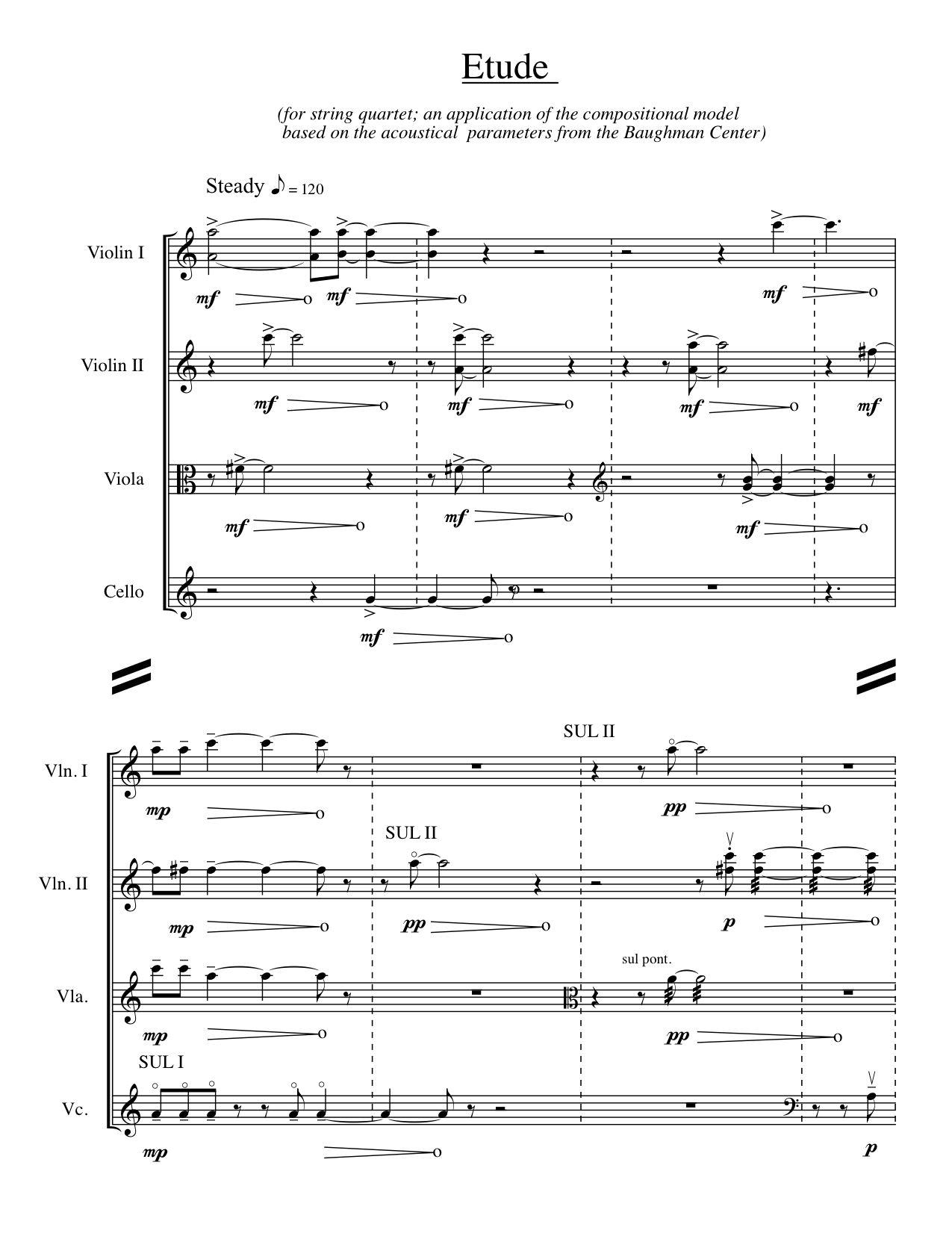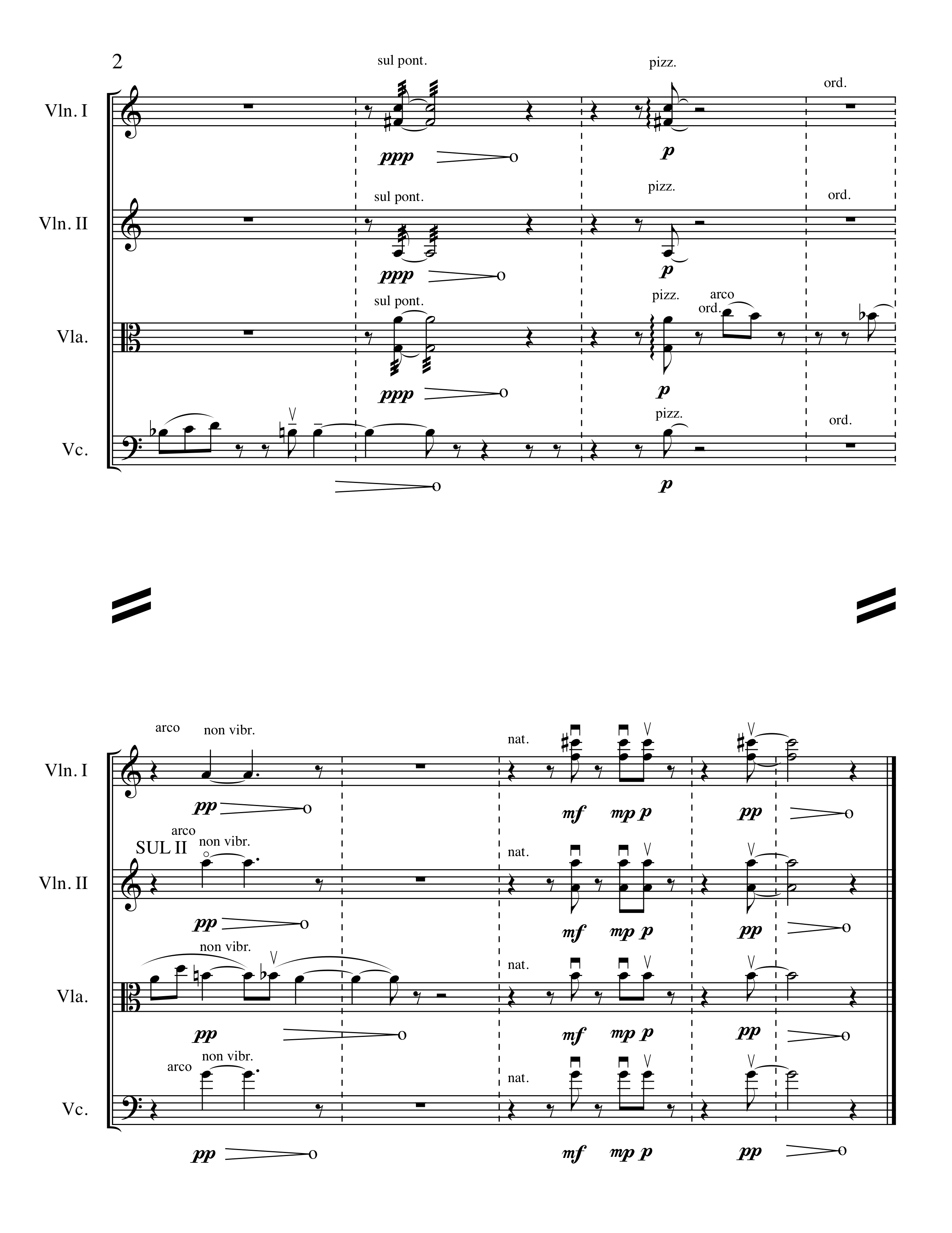This is a link to the first: Florian Tuerke and Rene Rissland’s “hEAr TOuch Listen,” performed by Eli Fieldsteel.
Thank you Michael Benedikt!
Author Archives: admin
MIA – AIM Site
This event was an actual plant of new ideas and challenging thoughts, somehow continuing the trend started in the 2006 Convention in Toronto. A great initiative by the School of Architecture and Design at UT Austin.
The enigma of Vitruvian resonating vases and the relevance of the concept for today by Rob Godman
This paper discusses Vitruvius’ resonating vessels and their implementation in the design of theaters. Additionally, the author also proposes a creative application of the principle through additive synthesis techniques in Max/Msp.
The paper is here:
The enigma of Vitruvian resonating vessels
More information about the author:
Sound and Space in Renaissance Venice: Architecture, music, acoustics
Good review of this book by D. Howard and L. Moretti here:
Sound and Space in Renaissance Venice: Architecture, music, acoustics
Book reference:
Deborah Howard, Moretti, L. (2009). Sound and Space in Renaissance Venice: architecture, music, acoustics. New Haven: Yale University Press.
Resonance: Essays on the intersection of Music and Architecture
Arquitectura en movimiento: un modelo para la composicion musical
SINTESIS
Los datos acústicos de un espacio cerrado ofrecen una inequívoca descripción numérica de sus propiedades sonoras. Como en la música, estas propiedades se ubican en el ámbito de la frecuencia, el tiempo y la amplitud. El presente trabajo propone un modelo para “traducir” sistemáticamente los datos acústicos de una sala en términos musicales; datos meramente numéricos se transforman – a través del método propuesto – en la esencia del proceso creativo de una composición musical.
Vea el articulo completo aqui:
Etude for string quartet
This work is a creative application of the compositional model based on acoustical measurements. Take a look at the pdf score.
A model for music composition based on acoustics measurements
The architectural acoustics’ data obtained from an enclosed space provides a unique numerical description of the aural properties of that specific space. These properties – like music – are in the realm of frequency, time and amplitude. This model proposes a system that “translates” the acoustical data of a room into musical terms, transforming the merely numerical acoustical values into the identity of a musical composition.
A model for music composition based on architectural acoustics measurements



